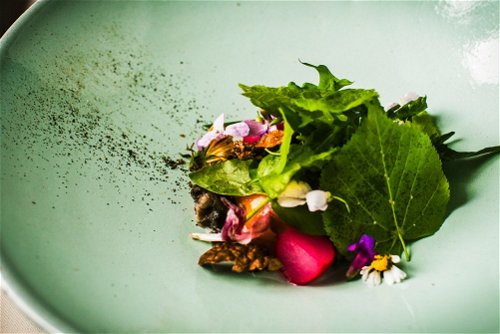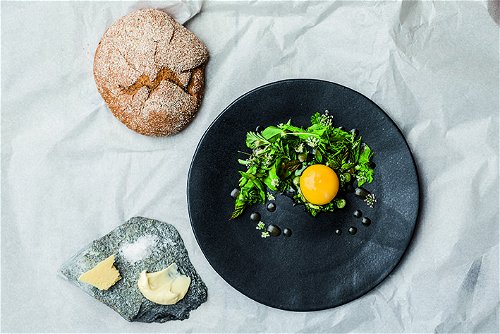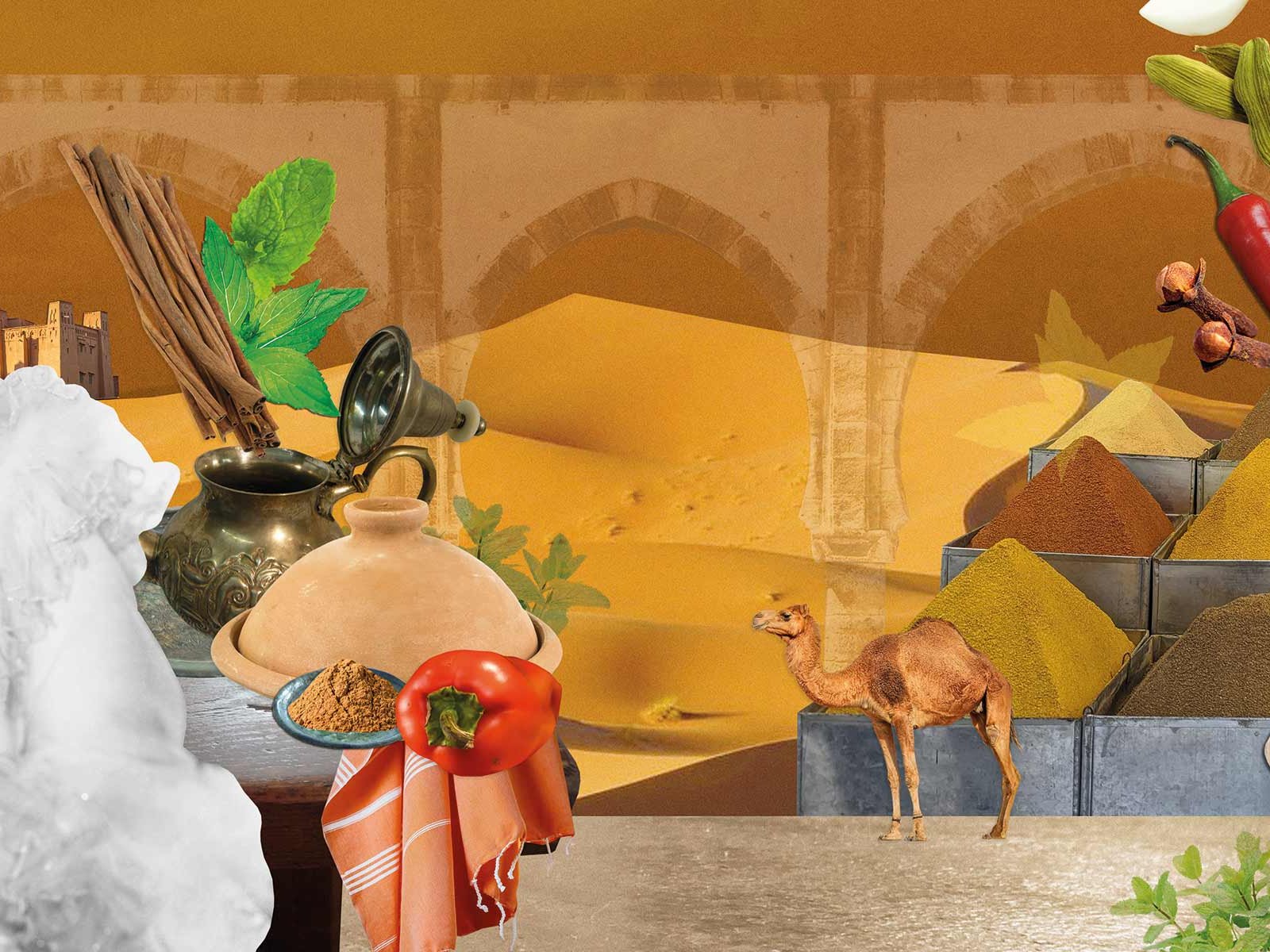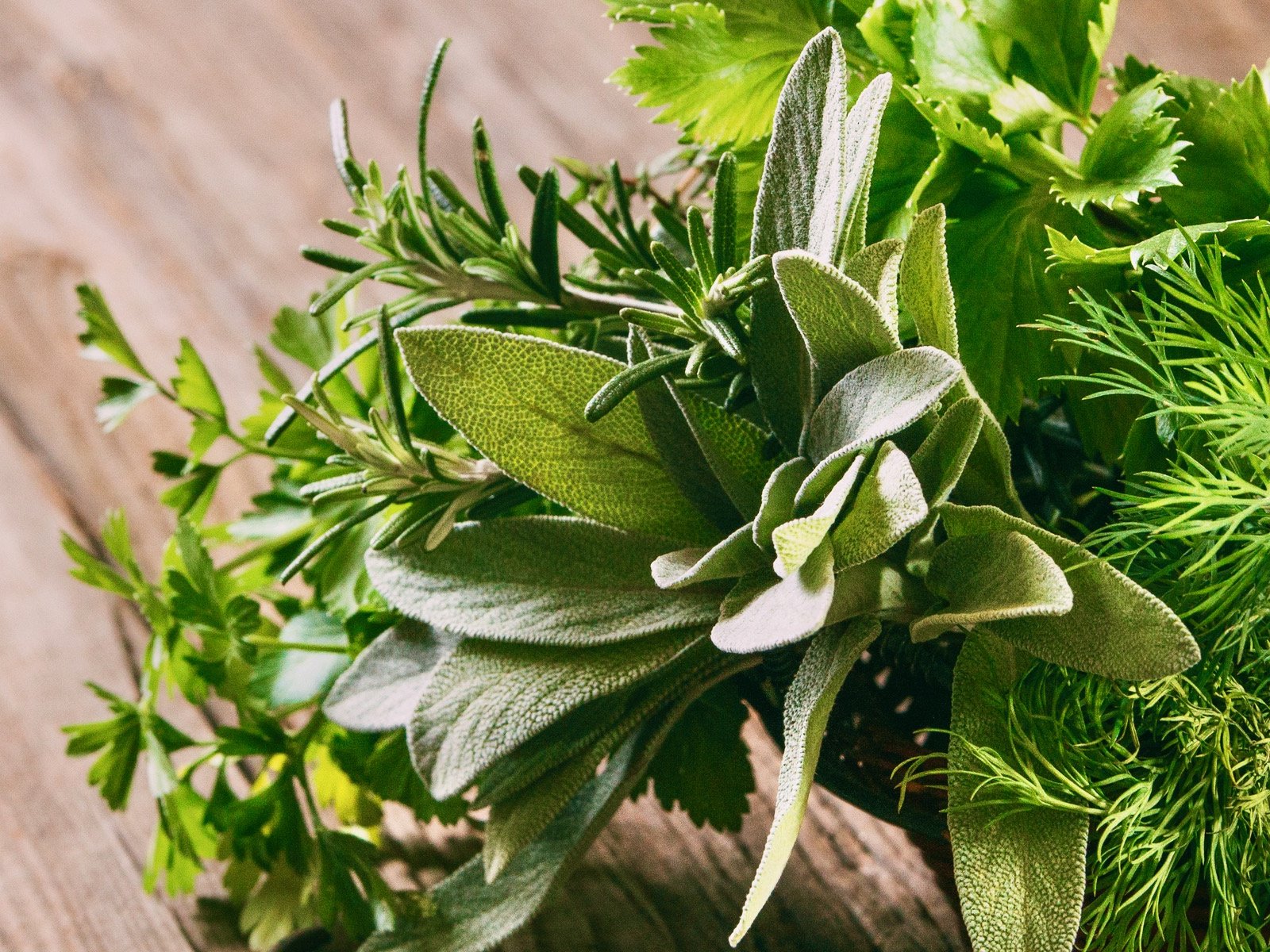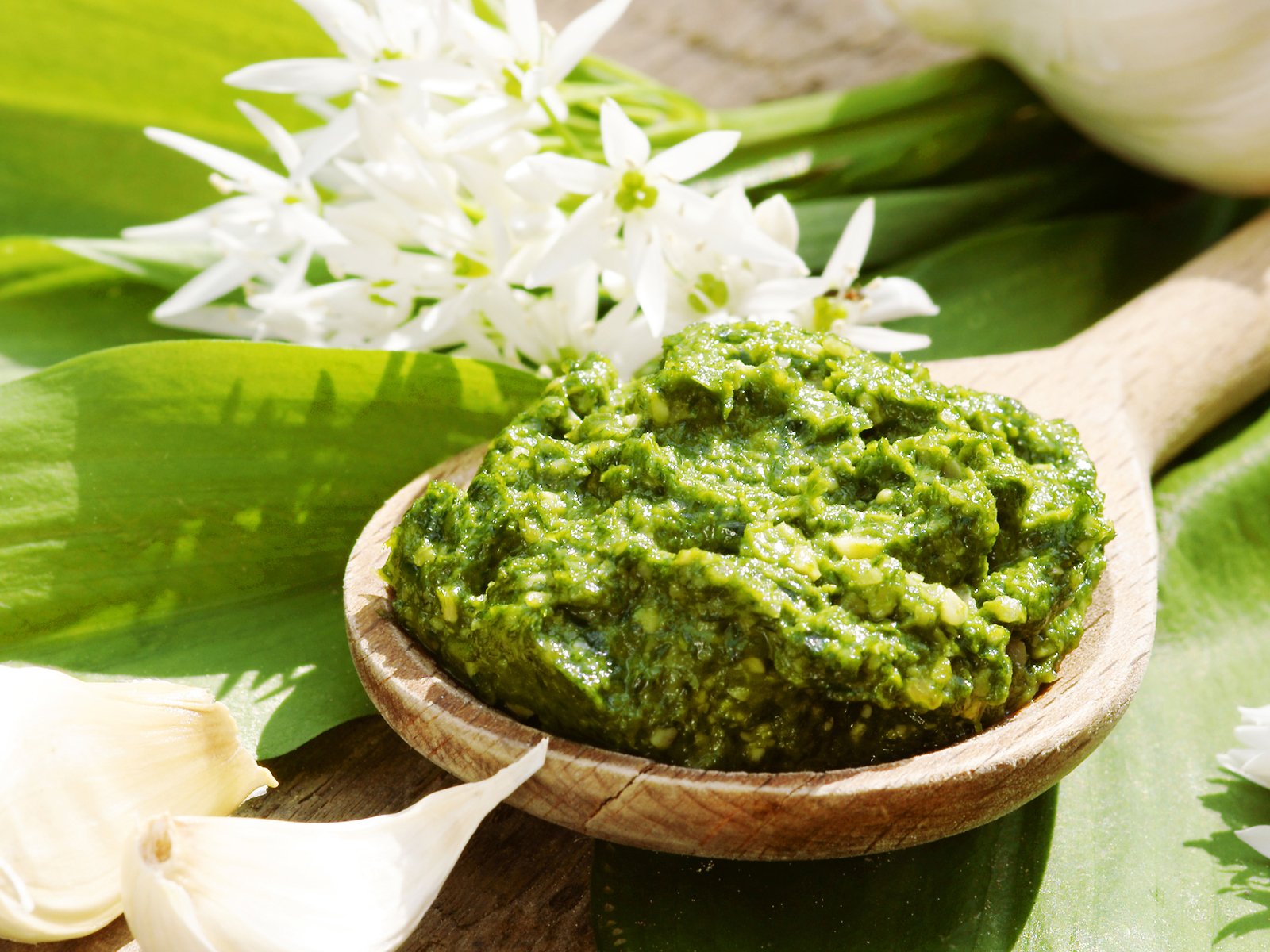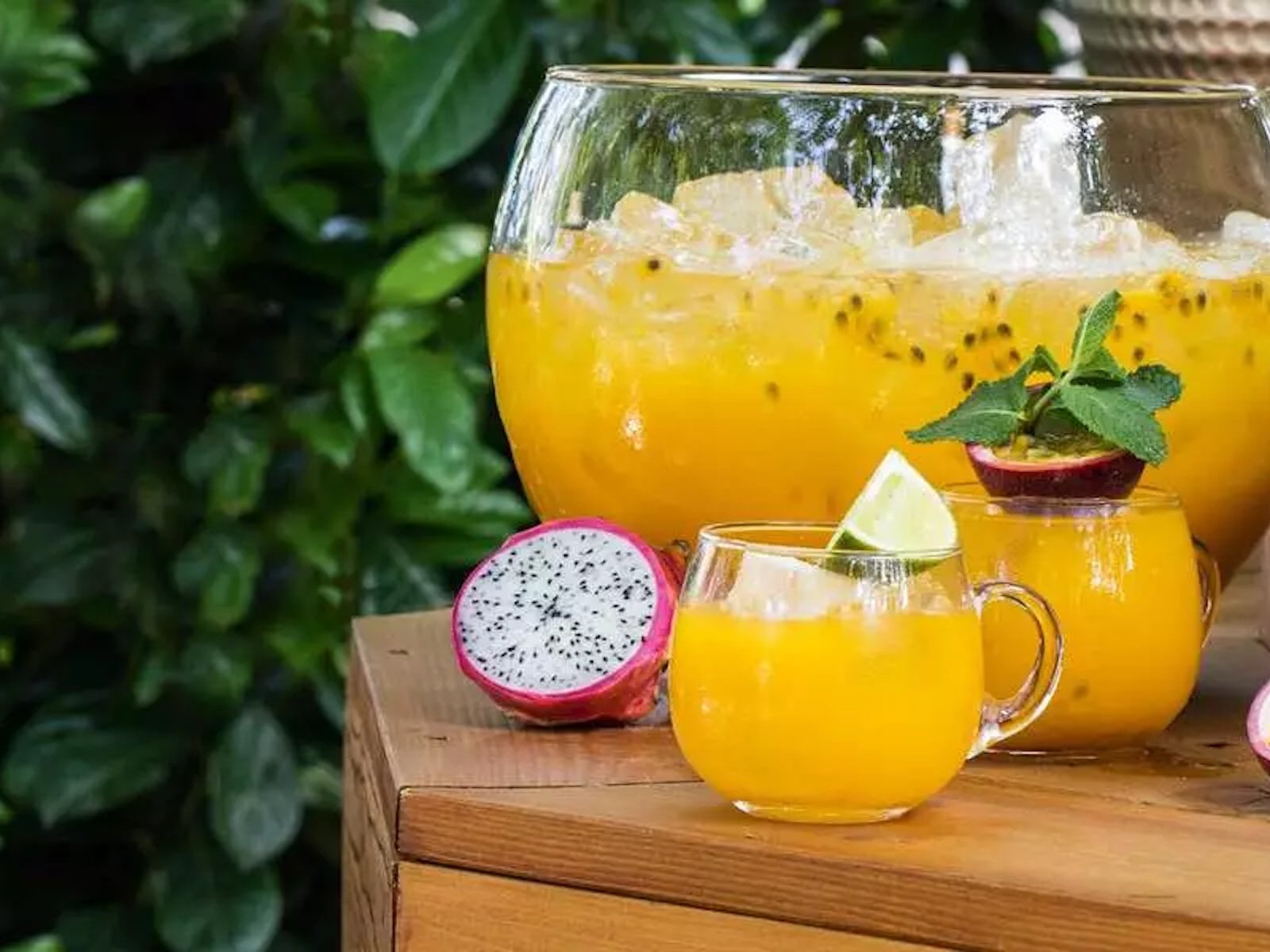Wild herbs: From Alpine Meadows to Plate
A new crop of 'natural' chefs in Europe are exploring the wild flowers and herbs of their back gardens; regional cuisine goes local.
The whirring of a mixer can be heard softly in the background. "We are welcome to talk, I just have to work on the side," Rebecca Clopath apologises on the phone with a sympathetic laugh. We catch Rebecca in the kitchen of her parents' organic farm in Lohn, a small Swiss mountain village 1,600 metres above sea-level in the canton of Graubünden. This is where the young top chef's passion for wild plants and herbs began. "We didn't have a TV, so we were outside most of the time as children. And you quickly put a herb like this in your mouth," says the 29-year-old.
Influenced by the tastes of nature, Clopath completed her apprenticeship with the Swiss herbalist Oskar Marti, at the Moospinte restaurant in Münchenbuchsee. This was followed by six years at the Rössli Inn with Stefan Wiesner, a pioneer of avant-garde natural cuisine. With him Clopath learned to cook with wood, earth, roots, moss, bark, resin and other natural resources. She set up her own business whilst training as a farmer so that she could take over her parents' farm.
In the eat-in kitchen of the organic farm, Taratsch, she serves up a seasonal lunch menu made from local ingredients. Naturally, the culinary focus is on forest and meadow. "Wild herbs simply give dishes a very nice plus," enthuses Clopath, who makes tea, syrup and vinegar from herbs and plants, turning them into quiches, omelettes or ice cream, fermenting them like vegetables or frying them in oil to make crispy chips. One of her favourite dishes is a wild herb salad with homemade elderflower vinegar and egg cooked in clarified butter - a prime example of Clopath's simple, healthy and down-to-earth local cuisine.
Taste of childhood
Over the border in Austria, the philosophy of young 'natural' cooks is often entrenched in their family background. "Herbs have been a deeply rooted element of our lives since childhood. The fine thyme aroma of the lentil soup that our mother often cooked has become firmly imprinted on me," says Sissy Sonnleitner, the chef from Kötschach-Mauthen in Carinthia.
This is also true for her sister Inge Daberer, author of a herb cookbook and founder of an organic hotel in Dellach. "Herbs are Inge's strength and passion. She knows how to handle the scent and taste of herbs particularly skilfully and to bring their aromas to full fruition," says Sonnleitner. Or as Inge Daberer herself would put it: "For me, cooking without herbs is like a life without love." Her herb garden in front of the hotel contains around 60 different kitchen herbs.
In addition, Daberer is passionate about collecting wild herbs and flowers such as dandelion, yarrow, meadow sage, meadow spinach, linden and elder, or she relies on the vegetable farmers and herb gardeners in the Gail and Gitsch valleys. "Herbs score with the diversity of their aromas, shapes and colours. And they accentuate the taste and increase the value and digestibility of prepared dishes," says Daberer, who also wants to inspire other cooks at regular herb seminars. "I recommend cooking with herbs because they are a regional product and you can bring the seasonal aspect up to the minute on the plate."
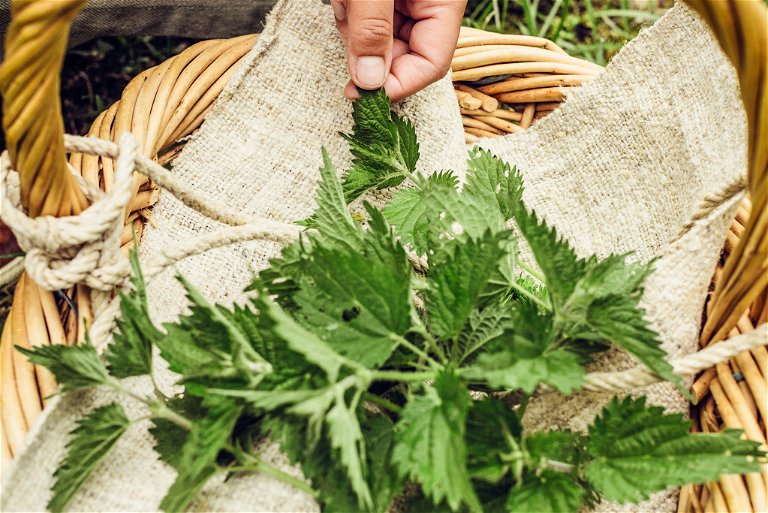
All-rounder for kitchen and bar
Anna Troissinger knows that it can take some time before wild herbs and plants such as purslane, goutweed and chickweed, which are still uncommon in the kitchen, actually end up in the dish instead of as garnish on the edge of the plate. The wine expert and hostess processes the herbs that grow in her garden, around the inn and in the surrounding meadows at the family-owned restaurant Malerwinkl in the Styrian Vulkanland. "I first started making syrups and liqueurs for our cocktails at the bar," Troissinger says.
Little by little, these meadow and garden herb concoctions made their way to her brother and chef, Peter - including suggestions on how to use them; drizzled over meats or desserts or a classic garden flower salad. "Jerusalem artichoke flower syrup is suitable for splashes, for example, but also for meat and fish sauces. And scented geraniums are wonderful for flavouring watermelons," enthuses Troissinger, who also knows how to charm her guests with the benefits of herbal cuisine. "There are always guests who want to order our dishes without herbs because they either don't know the herb or think the combination won't fit. But about 85% do try after I recommend them."
Wild Soča Valley
With Ana Roš, diners can't help but put aside their reservations about unfamiliar wild herbs. The Slovenian natural chef, who was named World's Best Female Chef in 2017, has dedicated herself entirely to local regional cuisine in her restaurant Hiša Franko in Kobarid near the Italian border.
According to Roš, her dish of green asparagus with wild lime leaves and an egg cooked in spruce oil, seems like a walk through the forest. "Growing your own produce and foraging in the forest has a long tradition in this Slovenian province. We don't have markets, but we have nature," says Ana Roš, who cultivates around 200 types of edible herbs and plants in five gardens behind her house. And the hard work has paid off – when the first edition of the Slovenian Michelin guide was revealed last year, Hiša Franko received two stars.
But what works in her kitchen does not necessarily apply to other cooks. "I wouldn't recommend using herbs if he or she doesn't feel comfortable with it. Cooking is a very personal thing and each of us has our own approach. Many Austrian and German chefs prefer to use Asian spices, and that has its place too," says Roš. But anyone who wants to try their hand at wild herbs should follow an important piece of advice from the cook before their next walk in the woods: "You need to know the plants and how much of them you can use. Many of them are poisonous, so you should be very cautious. Knowledge of nature and its products is crucial here."


